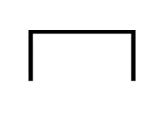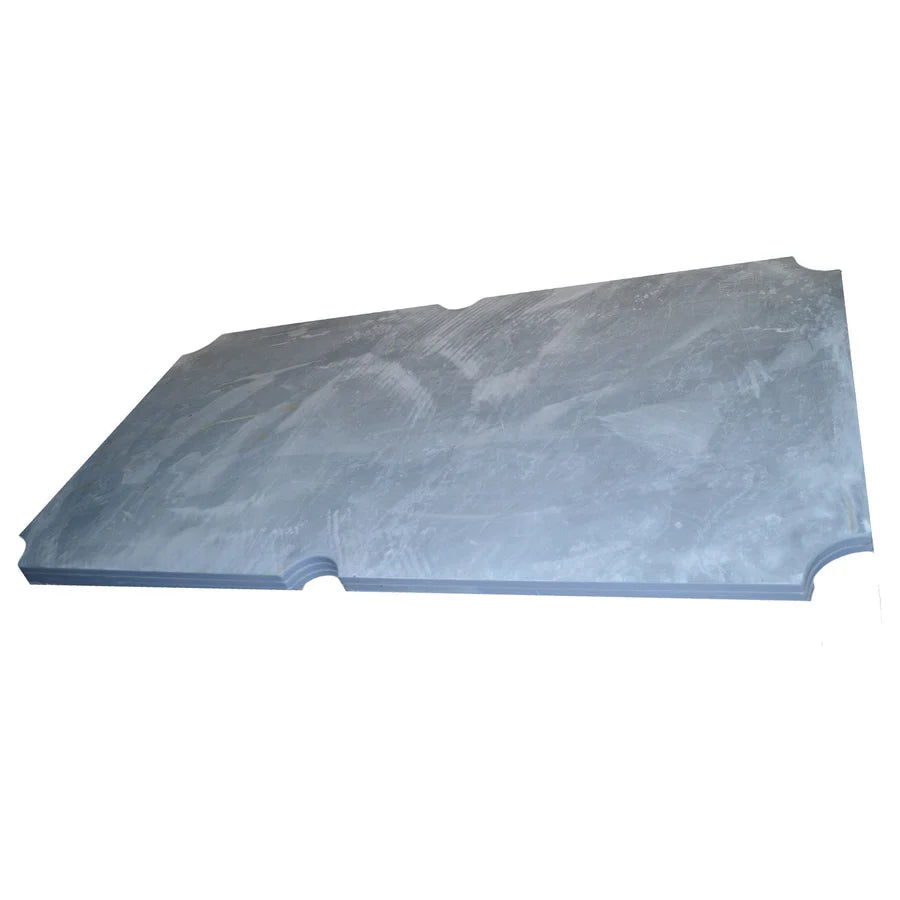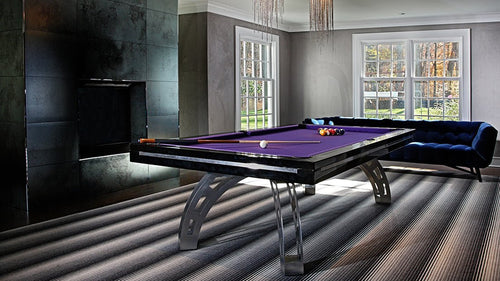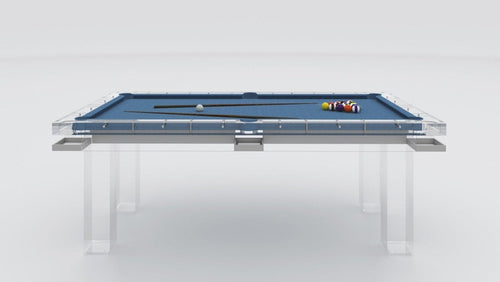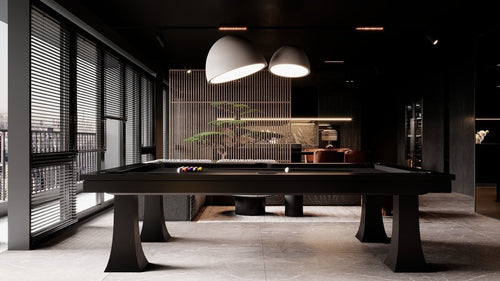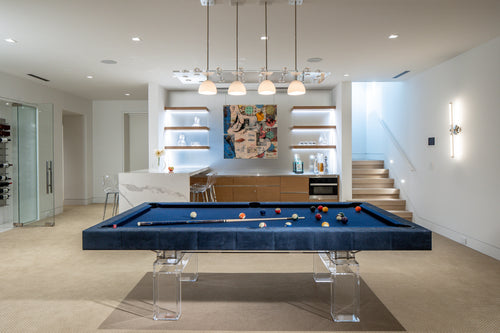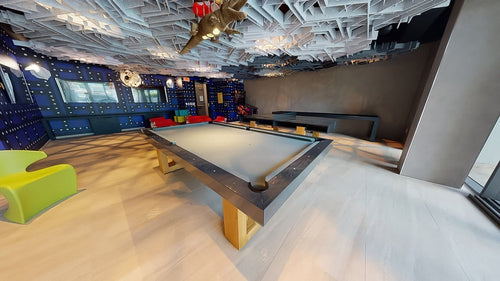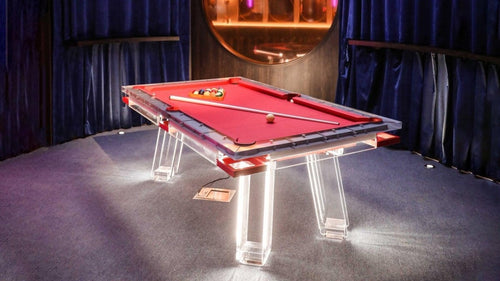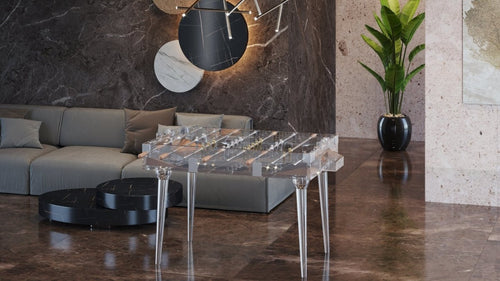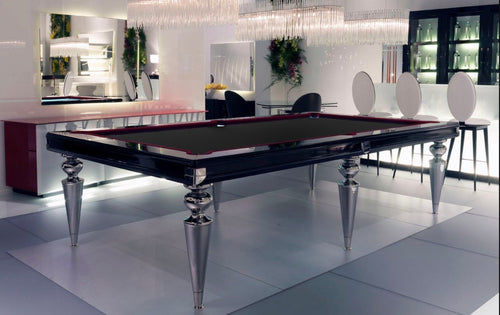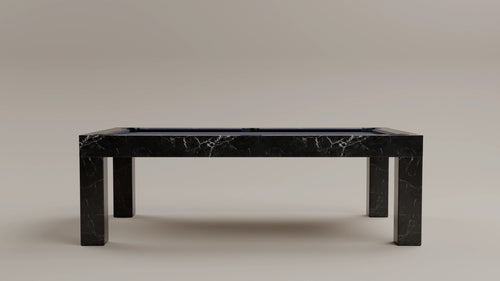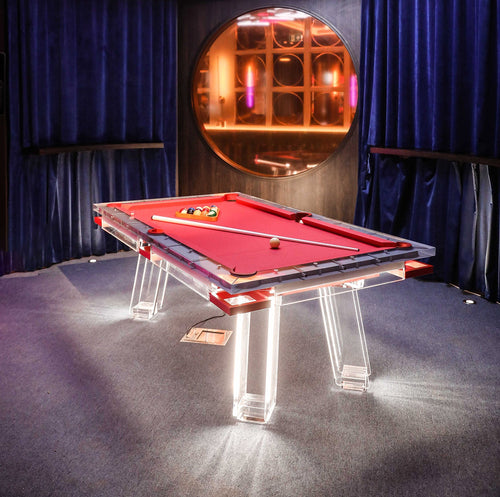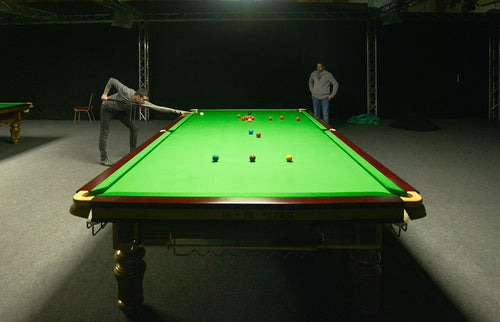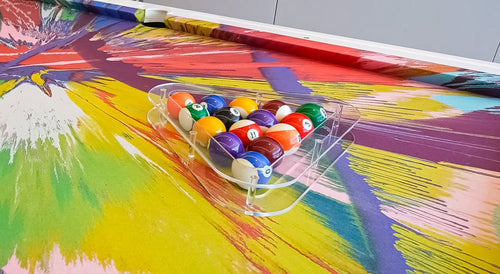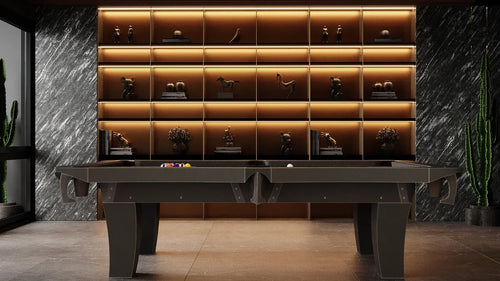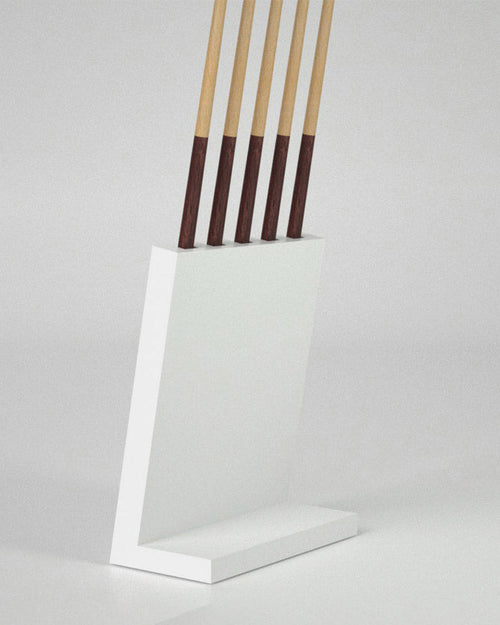Enjoy our modern designs
Is your pool table not playing as smoothly as it used to? The culprit might be the slate gaps beneath the cloth surface. Learn how to fill these gaps and restore your table for a smoother playing experience and increased felt longevity.
Maintaining a pool table isn't just about brushing the felt or polishing the cues. One often-overlooked aspect is the condition of the slate—the large, flat pieces of stone that form the base of the playing surface. The slate is crucial for ensuring a smooth, level play area, which directly impacts the accuracy of your shots and the consistency of ball movement. Over time, tiny gaps can develop between the slate pieces, affecting the roll of the balls and the overall gameplay experience. Filling these gaps is essential, but with several options available, how do you choose the best one?
In this guide, we'll delve into the two most popular slate gap fillers used by professionals and enthusiasts alike: Beeswax and Bondo. These options are favored for their proven effectiveness in creating a smooth playing surface, their ease of use for both DIYers and professionals, and their accessibility in terms of cost and availability. We'll explore their pros and cons, share expert opinions, and help you decide which is the right choice for your pool table.
Why Filling Slate Gaps Matters
Before we jump into the debate, let's understand why filling slate gaps is crucial:
- Smooth Gameplay: Gaps can cause balls to roll unpredictably, ruining your game.
- Cloth Longevity: Uneven surfaces can wear out your pool table felt faster.
- Professional Appearance: A well-maintained table looks better and can even increase in value.
Beeswax

For over a century, beeswax has been the traditional choice for filling slate gaps in pool tables.
Pros of Beeswax
- Easy Application: Beeswax melts at a low temperature, making it easy to fill gaps smoothly.
- Non-Permanent: Ideal for tables that may need to be disassembled or moved, as it doesn't damage the slate.
- Cost-Effective: Generally less expensive and readily available.
Cons of Beeswax
- Temperature Sensitivity: In warm environments (over 100°F), beeswax can melt, causing bumps or divots. To mitigate this, try to keep the room temperature stable and avoid placing the table in direct sunlight.
- Maintenance Required: May need reapplication over time, especially in rooms with fluctuating temperatures.
- Not Ideal for Heavy Use: Frequent vacuuming or cleaning can cause the beeswax to shift or wear away.
Expert Insight:
"Beeswax is excellent for home pool tables in controlled environments. However, in warmer climates or commercial settings, you might encounter issues with it melting or shifting," says Glen, a seasoned table mechanic.
Bondo

Bondo, a polyester putty commonly used in automotive repair, has gained popularity for its durability.
Pros of Bondo
- Durability: Once hardened, Bondo withstands temperature changes and heavy use without shifting, making it particularly beneficial for high-traffic game rooms or commercial tables.
- Permanent Solution: Ideal for tables that are set up long-term and won't be moved frequently, as it reduces the need for ongoing maintenance and ensures lasting stability.
- Supports Seam Stability: Helps hold slate seams together, reducing the chance of future gaps.
Cons of Bondo
- Complex Application: Requires skill to apply correctly, such as properly mixing the hardener and filler, ensuring even application, and smoothing the surface before it hardens; mistakes can be hard to fix.
- Potential Slate Damage: Improper removal can chip or delaminate the slate.
- Less Forgiving: Not ideal if you plan to disassemble or move your table often.
Expert Insight:
"Bondo is my go-to for permanent installations. It ensures that the seams stay solid, and I don't get callbacks for repairs," says Craig, a professional installer with years of experience.
Factors to Consider When Choosing
- Climate Control: If your pool table is in an environment with stable temperatures, beeswax may suffice. In areas with significant temperature fluctuations, Bondo might be the better option.
- Table Usage: For home tables with light to moderate use, beeswax is usually adequate. Commercial tables or those that see heavy use could benefit from the durability of Bondo.
- Mobility: If you anticipate moving your table, beeswax allows for easier disassembly. Bondo creates a more permanent bond, making moving more complicated.
- Maintenance Habits: Frequent cleaning methods like vacuuming or steam cleaning are better suited to Bondo-filled seams, as beeswax may soften or shift.
Application Tips
Using Beeswax:
- Clean the Slate Edges: Ensure all debris is removed for a better bond.
- Melt the Beeswax: Use a heat source like a propane torch, but be cautious to avoid overheating.
- Fill the Gaps: Allow the wax to flow into the seams, filling them completely.
- Level the Surface: Scrape off excess wax with a straight edge before it hardens.
Using Bondo:
- Prepare the Slate: Clean and slightly roughen the edges for better adhesion.
- Mix Carefully: Follow the manufacturer's instructions for the correct ratio of filler to hardener.
- Apply Quickly: Bondo sets fast, so work efficiently to fill the seams.
- Smooth the Surface: Use a scraper before it hardens, and sand lightly if necessary.
Safety Note: Always wear appropriate protective gear when working with heat or chemicals.
Choosing between beeswax and Bondo for filling slate gaps ultimately depends on your specific needs and circumstances. If you prioritize ease of application and plan to move your table in the future, beeswax might be your best bet. However, if you need a durable, long-lasting solution that can withstand heavy use and temperature fluctuations, Bondo is the way to go.
Remember, the key to a great pool playing experience starts beneath the felt. Whichever option you choose, ensure it's applied correctly—consider hiring a professional if you're unsure. A professional has the experience and tools to achieve a perfectly level surface and can prevent costly mistakes that might damage the slate. A well-maintained table not only enhances your game but also prolongs the life of your investment.
Next Steps
Ready to get hands-on? Check out our detailed step-by-step guides:

